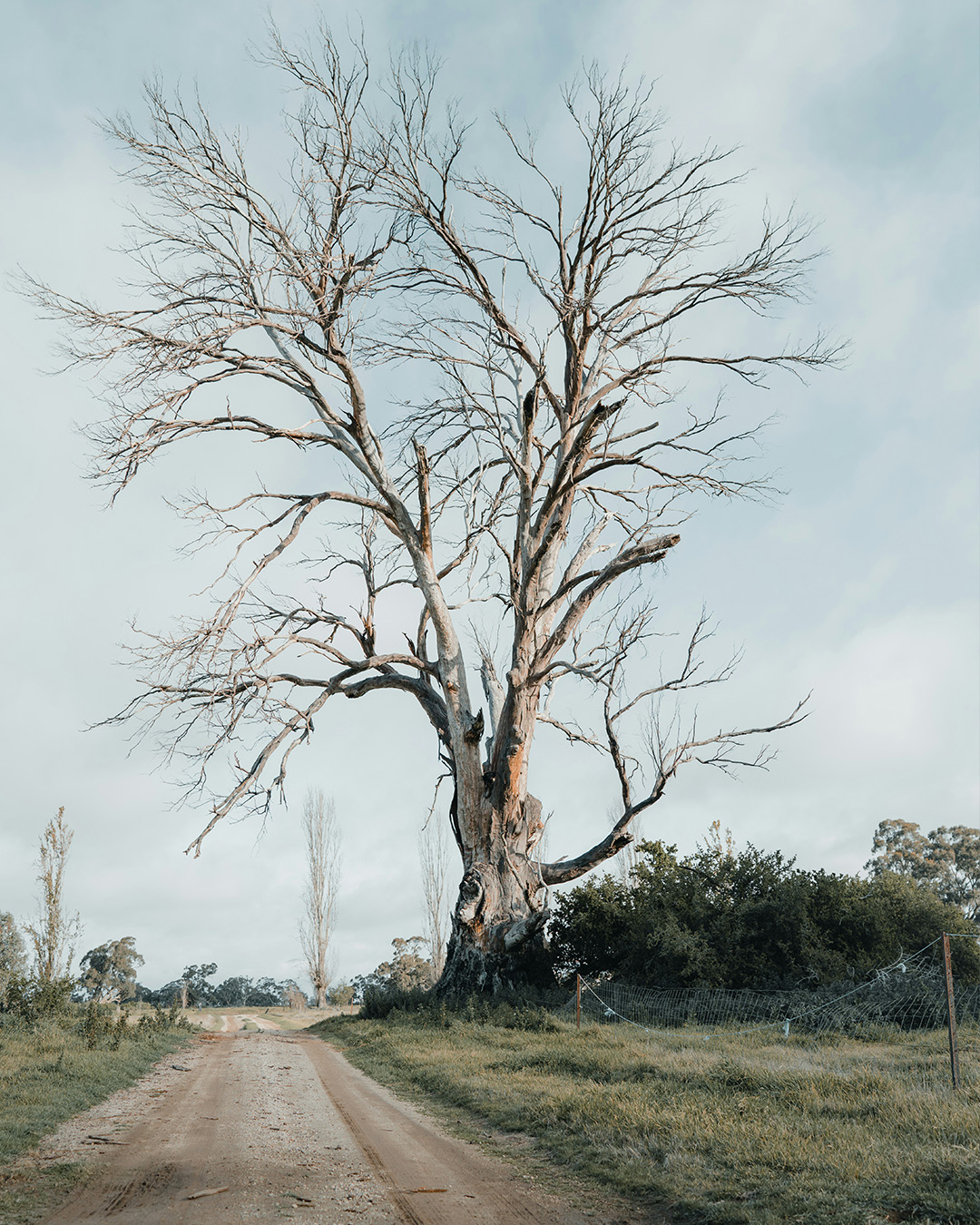Tree pruning, where every snip, clip, and chop is a delicate dance for the health and beauty of your trees. If you thought trees could just be left to their own devices, think again. The trees in our yards, unlike their wild counterparts, need some extra care to stay strong and beautiful. That’s where pruning comes into play—but wait—don’t grab those shears just yet! Pruning might sound simple—just cut a branch here and there, right? But before you go full Edward Scissorhands, there are some important things you need to know. It’s about making precise cuts just outside the branch collar and knowing when to leave those branches alone. Pruning is best left to the pros like certified arborists, who ensure each cut helps your tree flourish instead of flounder. A certified arborist will trim, shape, and coax each branch to perfection, making sure your tree doesn’t end up with an accidental buzz cut.
So, why is pruning so important? You might prune to remove dead branches, correct uneven growth, or let in more sunlight and air – but every cut has a purpose. First things first: always call in the pros. Pruning might look like glorified gardening, but it’s a science and an art rolled into one. Certified arborists have the know-how to make the right cuts and decisions, making sure that each branch they trim contributes to the health and beauty of the tree rather than causing inadvertent damage.
Now, let’s consider technique. The ‘where’ of the cut is just as important as the ‘why.’ A correct cut removes the branch just outside the collar. This helps the tree heal without creating dead zones that can invite disease and pests. But it’s a delicate balance—you don’t want to overdo it. Pruning too much can stress the tree – yikes!
Different pruning techniques achieve different goals:
- Cleaning: This involves the removal of dead, diseased, weakly attached, and low vigor branches from the tree’s crown.
- Raising: It gets rid of the lower branches to provide more clearance beneath the tree. Perfect for when you want a picnic spot underneath that old oak.
- Reduction: True to its name, this technique makes the tree smaller, which is handy when branches start cozying up to utility lines.
- Thinning: This reduces the density of the foliage so that more wind and light can pass through, keeping the tree—and your landscape—healthier and more vibrant.
Keep in mind that there’s no one-size-fits-all solution to pruning. The specifics depend on the tree’s size, type, and age, as well as the reason for pruning. But as a general guideline, avoid removing more than 25% of the crown at any one time. Your arborist can help you assess what’s best for your particular tree. Executive Tree Care’s certified arborists assess each tree individually, making sure the pruning is done just right.
Timing is also key. While you can technically prune anytime, it’s best to avoid pruning immediately after the spring growth period when trees are particularly vulnerable. A few diseases, like oak wilt, can also be spread through pruning, so being cautious about timing can make a big difference.
With these tips and the help of an expert, your trees will stand tall and proud for years to come. Schedule your pruning service with one of Executive Tree Care’s certified arborists and see how easy it is to have a gorgeous, healthy yard!










